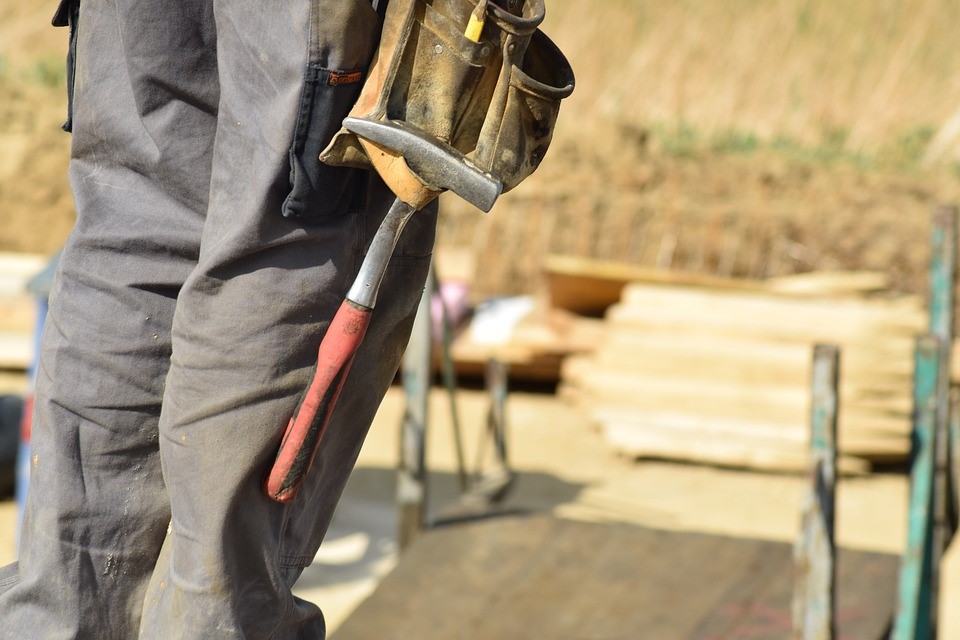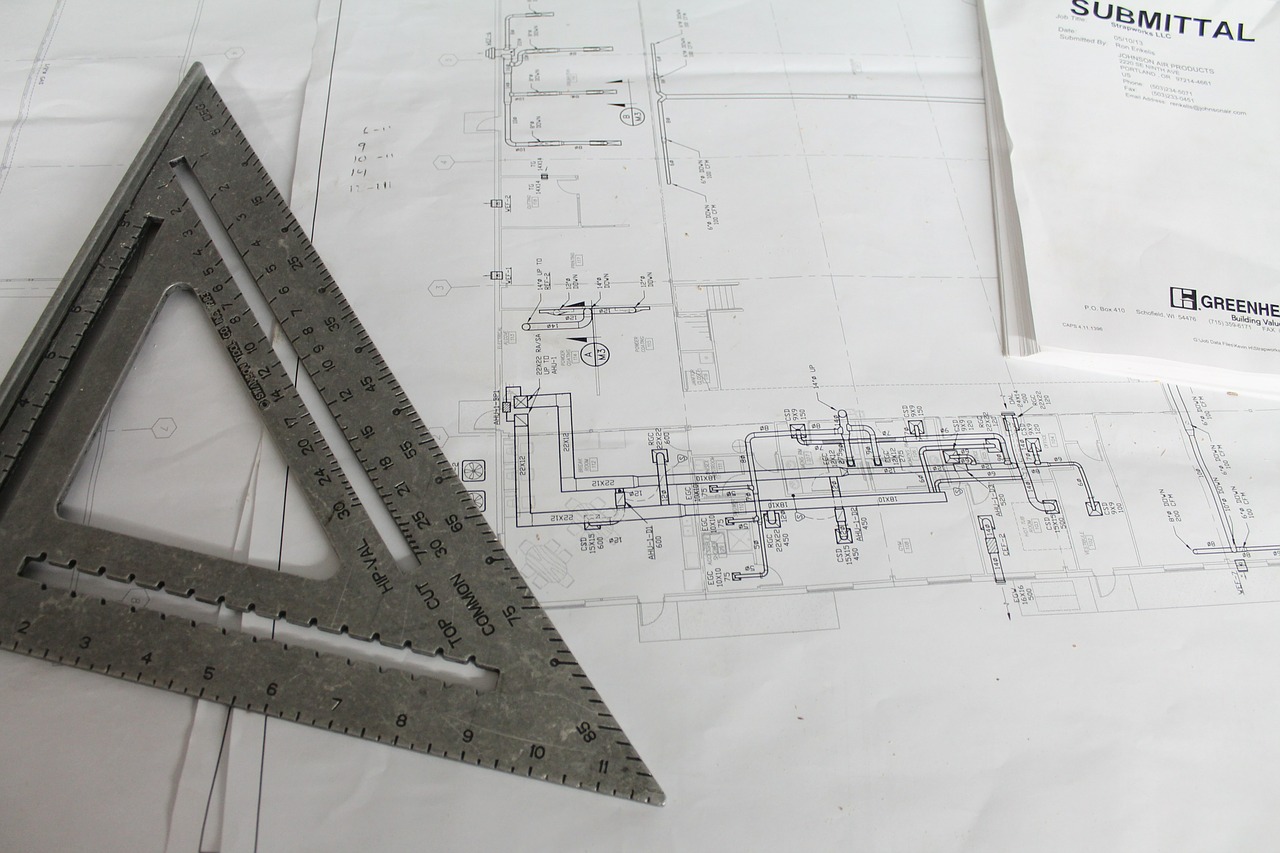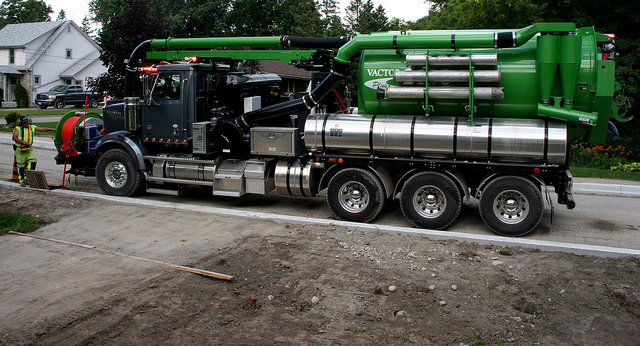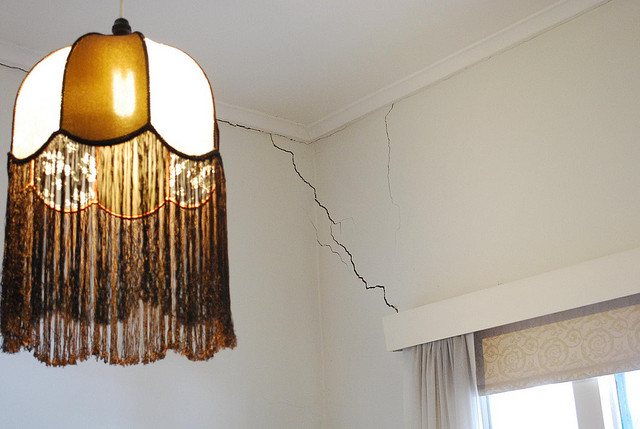February 23rd, 2015.
Property Development: Avoiding Nasty Disasters
When developing a property it’s important to go in with your eyes open, fully aware of any problems that could come your way.

Whilst obvious issues can be detected with a detailed inspection, other more complex problems are only likely to be identified by a professional during a building survey.
On the other hand, some problems that can befall development projects are completely unforeseeable and can shut down work altogether, costing developers thousands.
At Pure Commercial Finance, we want to help property developers and investors achieve their goals, so we’ve put together a quick guide to avoiding development disasters. By highlighting common problems and advising on how to mitigate risk, we hope this guide will help ensure your project doesn’t get hit.
Planning Permission

Obtaining planning permission can be a long, painful, and risky process fraught with hassle and uncertainty. As a developer, it is up to you whether you buy a building or plot that already has permission or speculate and apply for permission yourself.
Having your application refused can have a devastating effect on your plans, as refusals establish very clearly what is and is not acceptable development. Appeals are very risky, take at least a year, and are unlikely to be successful if the refusal is based on a basic principle of planning policy.
As planning regulations aren’t hard and fast, it’s helpful to have a pragmatic and flexible approach to building. If the local authority refuses permission or imposes conditions, it must give written reasons. Find out if changing your plans might make a difference – you may be able to submit another application with modified plans free of charge.
Protect Yourself
• Don’t assume that Outline Planning Permission will be sufficient for your plans.
• Apply for planning permission on land before you buy it, and then purchase subject to permission being granted.
• Get pre-application advice from your local planning department to try and understand the key issues and avoid objections.
• Track your application as it goes through the system to avoid nasty surprises.
• If your application is likely to be refused, withdraw it and resubmit it once you have overcome any problems that have been identified.
Remember, even after positive advice from a case officer, permission can be denied at any time by the chief planner.
Sewage

(Image: Robert Taylor under CC BY 2.0)
Water is the single most long-term destructive substance in an indoor environment. It dissolves and weakens many materials and supports the growth of microorganisms on others. Also, it has the capability to carry with it a wide variety of pathogens and allergens harmful to humans, posing a very significant risk to health.
Sewage damage can be caused by seepage, backed-up septic lines, broken pipes, and flooding, but its severity will depend on the content of the sewage and the extent of its penetration into the building environment.
Effective restoration can involve extensive work and may require evacuation, replacement of building materials, and decontamination by professionals.
Buildings insurers should, in this case, cover damage, but it’s worthwhile checking that you’re covered for special perils.
Protect Yourself
You are responsible for maintaining waste pipes in your property up to their connection with the public sewer. Water and sewage companies are responsible for the upkeep and repair of public sewers, and you may be able to claim compensation if they have been negligent.
Sewage damage can be prevented bymaintaining pipes and checking for erosion, keeping sewer grates clear, and taking other precautions against the effects of flooding such as installing a backflow valve.
If sewage damage occurs, a quick reaction can save your property from direct damage and destruction from microbial growth, protecting both your financial interests and your health.
Subsidence

(Image: Alpha under CC BY 2.0)
According to the Landmark Information Group,the adverse effects of subsidence caused by the shrink/swell behaviour of soil have cost the economy an estimated £3billion, making it the most damaging geohazard in Britain today.
Currently, as many as one in five homes in England and Wales are likely to be damaged by subsidence, but research has indicated that climate change could magnify the problem. In fact, it’s predicted that subsidence will worsen and spread in Europe, with some areas seeing more than a 50% increase in the next 25 years.
Usually caused by poor soil quality, the influence of trees, leaking drains or water mains, and man-made issues, subsidence can be a disaster for property developers.
Most buildings insurance properties (and some commercial property insurance policies) cover loss or damage caused by subsidence. In other words, they’ll pay to repair the damage, but they won’t pay for the prevention of further issues.
Subsidence excess in high-risk areas will normally come with a high insurance excess. Subsidence can be a complex issue that, when sustained, can take a considerable time to resolve. Underpinning is an extremely expensive and risky procedure that should be managed in accordance with Construction Design and Management legislation.
Protect Yourself
Buying a property with a structural problem like subsidence can be avoided by having a qualified surveyor inspect it before purchase.
Establishing the cause of subsidence is the most difficult part of remedying it – be aware that cracks caused by apparent subsidence may need to be monitored and measured for up to 12 months.
Properties affected by subsidence can be protected from further damage by carefully managing the trees around it, repairing leaking drains, modifying the structure pressure-grouting the ground. If damage control isn’t effective, underpinning should be considered. It’s worth noting though that often large insurance companies won’t insure a property that has undergone underpinning.
Buy in Haste, Repent at Leisure
Currently in the UK, it’s thought that only 20% of people commission a chartered surveyor before buying. Doing so provides prospective buyers with detailed technical information on the construction of the property, the materials used, and a listing of all major and minor defects.
In addition to physical issues, planning your finances poorly can also spell disaster for property developers. No matter how moderate your plans, property development can be an expensive and stressful undertaking. Fail to plan properly, and you face the risk of financial ruin.
Whether you’re an experienced property developer or taking on a project for the first time, our specialist brokers are perfectly placed to negotiate an excellent deal on property development finance on your behalf.
To speak directly to one of our experienced property finance brokers, call today on 02920 766 565 or fill out an enquiry form.





